Carajillo: Mexico’s Indulgent Coffee Cocktail You Can Make in Minutes
This Spanish-inspired coffee cocktail thrives in Mexico—and it's surprisingly easy to make at home
Coffee and booze go together like bad ideas and great stories. The combination is a universal truth you’ll find all over the globe — a little rebellious, and just makes sense. Mexico’s contribution shares a name with it’s Spanish cousin - the carajillo - but other than coffee and some colonial baggage, they have nothing in common.
The Mexican carajillo, in my personal opinion, is the ultimate coffee cocktail—bold espresso kissed with vanilla-citrus-spiced liqueur and tequila, and shaken into a frothy, golden-brown masterpiece that I enjoyed all over Mexico City. It’s not an espresso martini. It’s smoother, stronger, and somehow feels both casual and sophisticated at the same time.
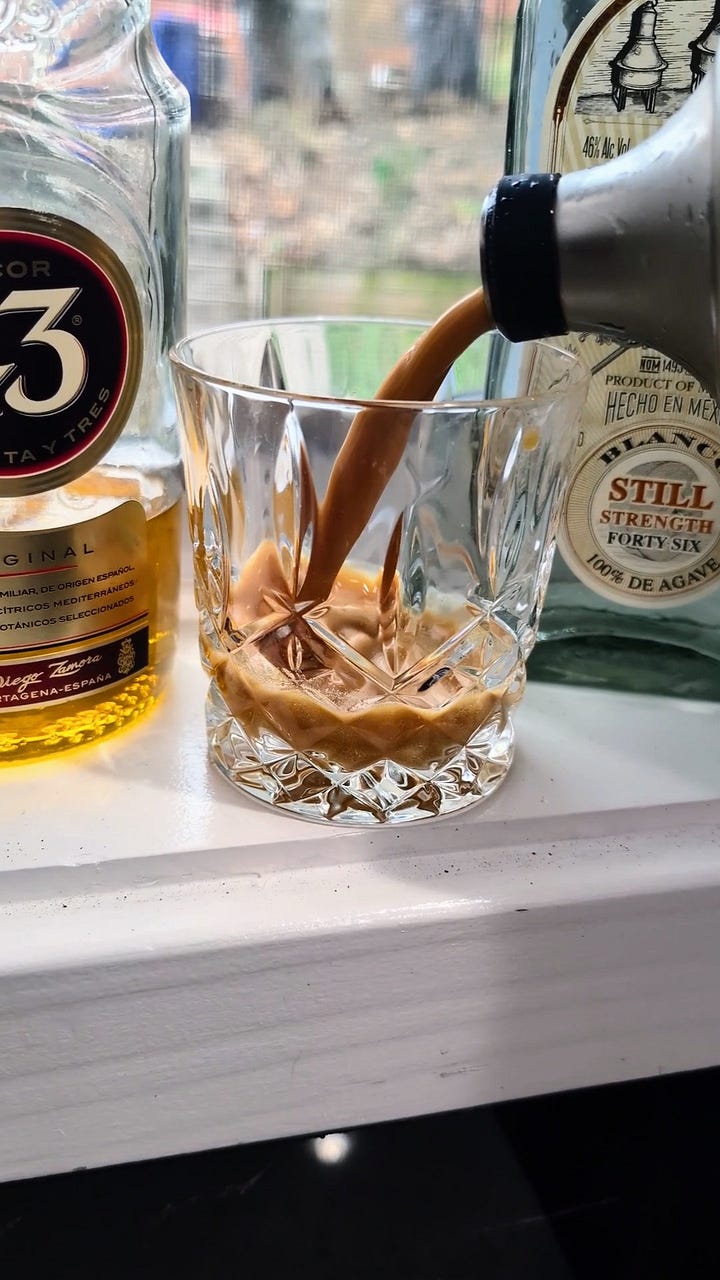

And the best part? You don’t have to be a fancy bartender to make a great one. In this guide, we’re going to show you why it deserves a permanent place in your drinking rotation, where to find the best ones in Mexico City, and how to make a ridiculously good one at home. Whether you’re a coffee nerd, a cocktail person, or just someone who loves a good excuse to shake things up (literally), this is your next obsession.
Hey food friends! 👋 I’m Kaitlynn, half of a food-loving couple 🍜 exploring DC (& beyond) who knows the best connections happen at a shared table 🍽️. Whether you're searching for the perfect bánh mì or trying to master your grandma's marinara 🍅, I’m here with dishes (and discussions) that make life more interesting. Come hungry, leave inspired. ✨🍴
Flavors of Mexico City: The Dishes, History & Where to Eat
Mexico City is layered—historically, culturally, and even literally. From the ancient markets of the Mexica people (often called the Aztecs) to Spanish colonial plazas to today’s bustling street stalls, bakeries, and world-class restaurants, its food scene is built on centuries of cultural fusion, migration, and reinvention.
This is a culture that gave the world tacos, chocolate, AND vanilla—just to name a few. Whether you’re planning a visit, looking for inspiration in your own kitchen, or just hungry to understand the soul of CDMX, this series is your guide.
We’re diving into the real stories behind the food, uncovering the flavors that define the city, and sharing practical tips for finding (or making) something incredible to eat. From tacos to pan dulce to mezcal, Mexico City’s food story is as rich as it gets—and we’re just getting started.
Espresso + Tequila?
I was skeptical the first time I tried this drink. Espresso and tequila? Sounded intense. But my husband ordered one at Mestiza the night we landed in CDMX, and I took a sip. The combination of great espresso, vanilla, orange-spice-laced Licor 43, and the right amount of shake turned out to be pure frothy magic. From that moment on, it became a ritual for me. Afternoon pick-me-up? Carajillo. Post-dinner drink? Carajillo. Late-night decision-making fuel? You get the idea. I have gone on to request many at home since returning from the trip, though maybe not as many as when I was there.
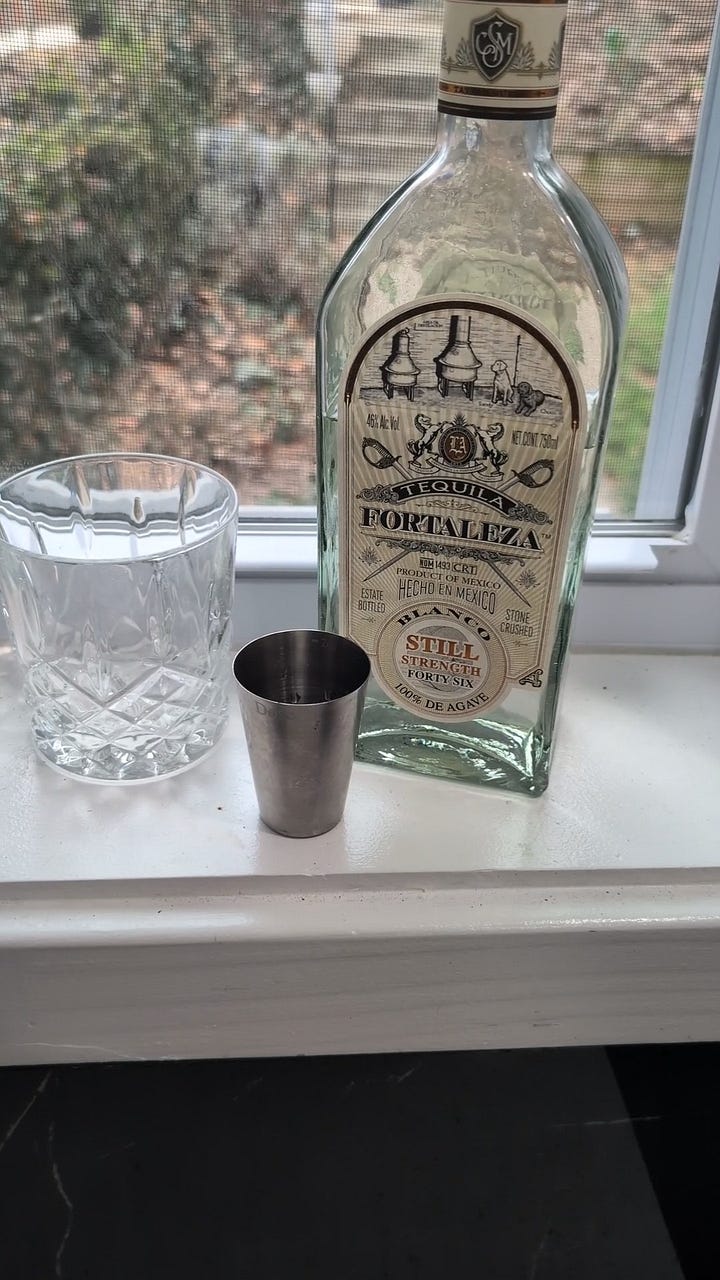

The drink itself is a study in contrasts—hot espresso meets cold ice, dark coffee swirls into golden Licor 43, bitter balances sweet. But its history is just as layered.
But first—where did this magical little drink come from?
A Brief History of Coffee + Booze and Two Very Different Carajillos
Some drinks feel like they were always meant to exist. The carajillo is one of them—coffee and booze, two of the world’s greatest vices, in one glass. But while Spain’s carajillo was little more than a no-nonsense caffeine kick, Mexico turned it into a smooth, frothy, dangerously sippable masterpiece.
But let’s back up just a bit to talk about motivation - to appreciate the combo of coffee and booze we should actually start centuries ago with coffee’s origins in Ethiopia, where it had already been fueling daily life, religious ceremonies, and long conversations for centuries before the rest of the world caught on. It wasn’t just a drink—it was a ritual. And maybe, just maybe, it gave Ethiopia an edge. This was, after all, one of the only places that successfully resisted European colonization. (Coincidence? Maybe. But an alert, caffeinated army certainly didn’t hurt.) Europeans needed milk, sugar, and sometimes liquor just to get through a cup, while Ethiopians were out here drinking it strong and black and winning battles.
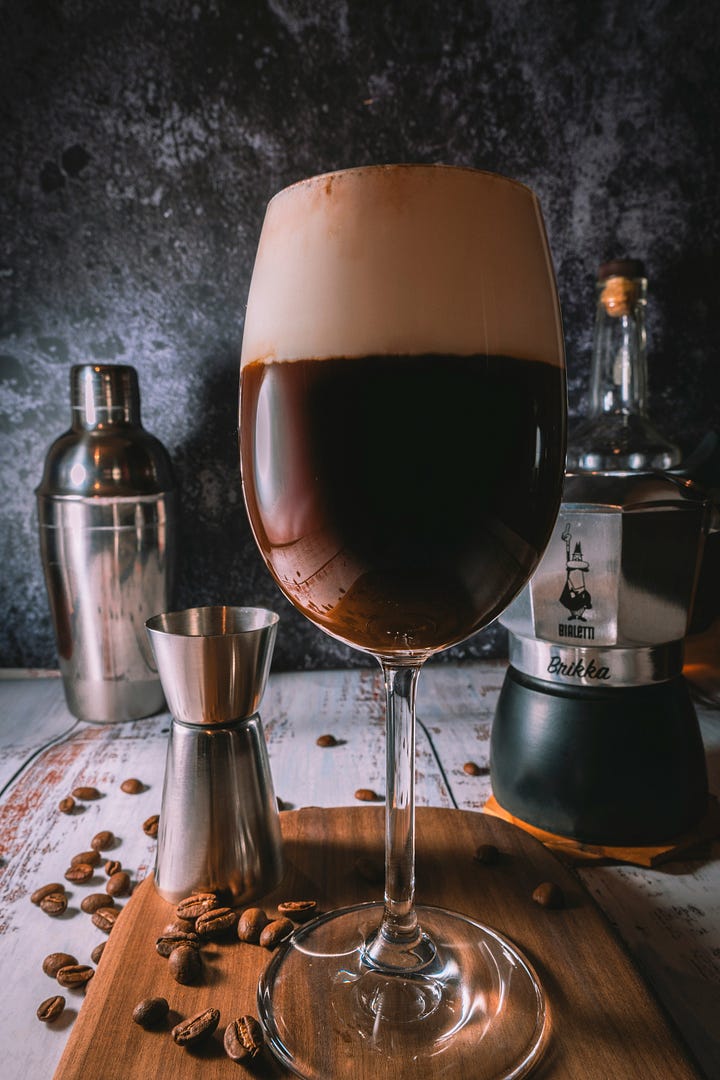
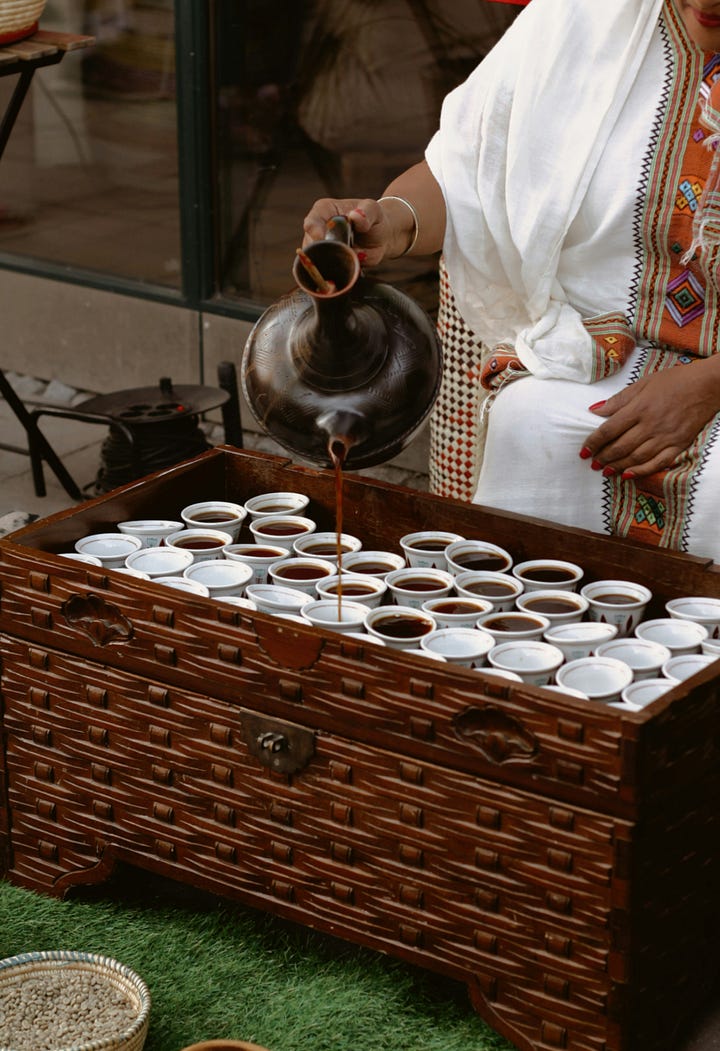
One of the nations that failed to take over? Italy. By the 1600s, Italians were already spiking their espresso with grappa, calling it caffè corretto—“corrected coffee,” because early espresso could be rough, and booze made it smoother. Spain had a version too: soldiers in Cuba threw rum into their coffee for coraje (courage), and when they returned home, they swapped the rum for brandy and kept the name: carajillo.
Spain’s version was functional, sure. Even a little boring. They had revived Licor 43, a vanilla-forward, citrus-spiced liqueur inspired by an ancient one so good that legend says the Romans once banned its production in Carthage because it was too tempting. But only Mexico had the good sense to take that sweet, aromatic liqueur, shake it ice-cold with bold espresso, and elevate the carajillo into something infinitely more luxurious.
Shaking it over ice changed everything. The espresso’s bitterness mellowed, the liqueur’s warmth shined, and the entire drink became cool and smooth as hell with a golden-brown foam that Spain’s hot, stiff version never even dreamed of. These two kinds of ‘carajillo’? Like fraternal twins—everything and nothing in common. Night and day.
By the early 2000s, as Mexico’s specialty coffee scene took off, the carajillo became the drink to order. And unlike its Spanish cousin, it wasn’t just about function—it was about flavor, texture, and the sheer pleasure of sipping something so effortlessly smooth.

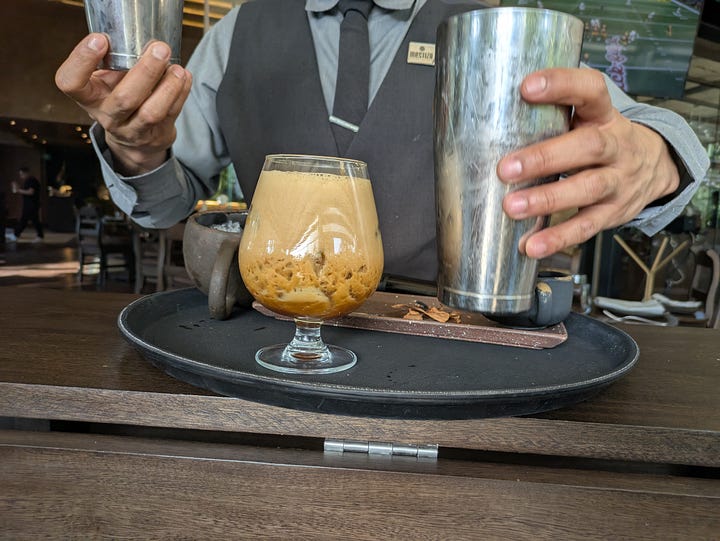

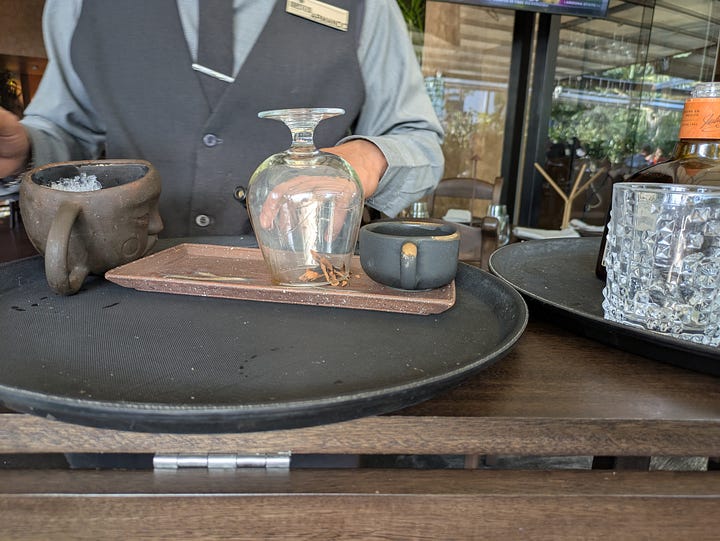
Spain may have named it, but Mexico perfected it. And in a city like CDMX, where coffee culture thrives and late nights demand a second wind, this drink wasn’t just good—it was inevitable.
Now, let’s get to the surprisingly easy steps to making one yourself.
Mexican Carajillo 101: Shake, Sip, Repeat
A Mexican carajillo is cold, creamy, and dangerously easy to drink—if you do it right. Technically, you can just pour everything over ice, but let’s be real: the magic happens in the shake, where the flavors meld, the bitterness softens, and a silky froth forms that takes this drink from good to excellent.
That said, you don’t need a fancy bar setup to make a solid carajillo. I’ve seen this drink everywhere—from high-end restaurants where it arrives under a glass dome of smoke to DIY versions made with instant coffee, corner-store tequila, and a Nalgene bottle. The ratio is roughly equal parts espresso and Licor 43, with tequila as an optional—but highly encouraged—addition. Adjust to your caffeine-to-alcohol tolerance. You do you, but just know that quality ingredients will make a difference.
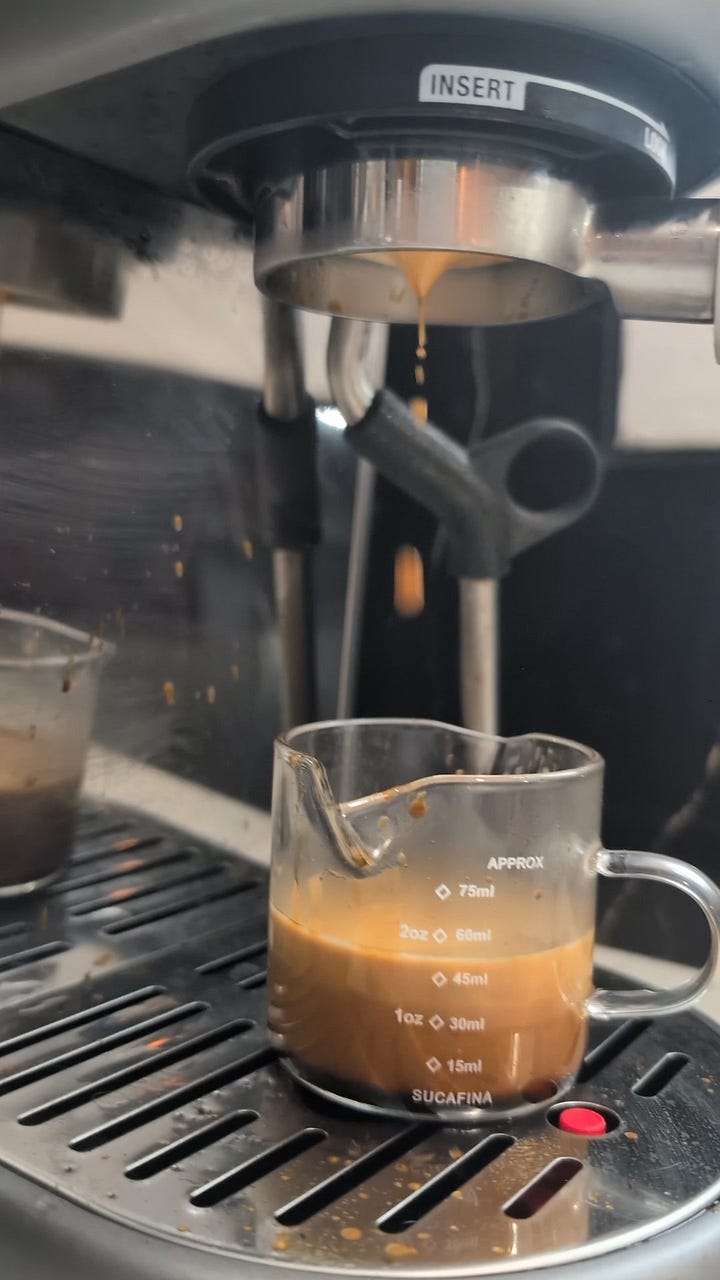
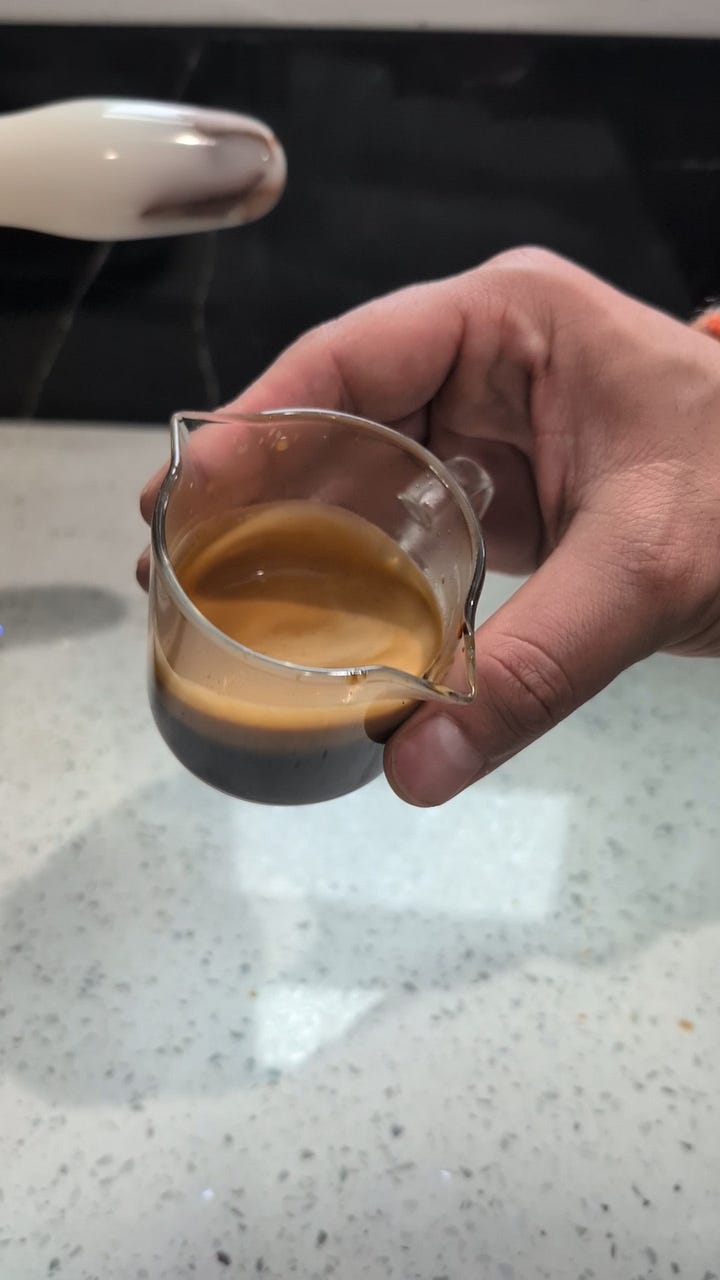
What You’ll Need:
☕ Espresso (1 shot or about 1.5 oz strong coffee) – The backbone of the drink. Smooth, strong, not burnt. If it’s good enough to drink solo, it’s good enough for this. If you don’t have an espresso machine, try:
Moka pot – Stovetop espresso’s moody cousin. Strong, a little bitter, but gets the job done. AeroPress – Surprisingly solid. Use a fine grind and press slow. Cold brew concentrate – Not traditional, but smooth and easy.
🥃 Licor 43 (1.5 oz) – The secret weapon. Vanilla, citrus, and spice in a bottle. It’s the most iconic choice for a Mexican carajillo, and the one you’ll find in most CDMX spots. While some versions swap in other Mexican liqueurs like Nixta or Xila for a twist, Licor 43 remains the gold standard.
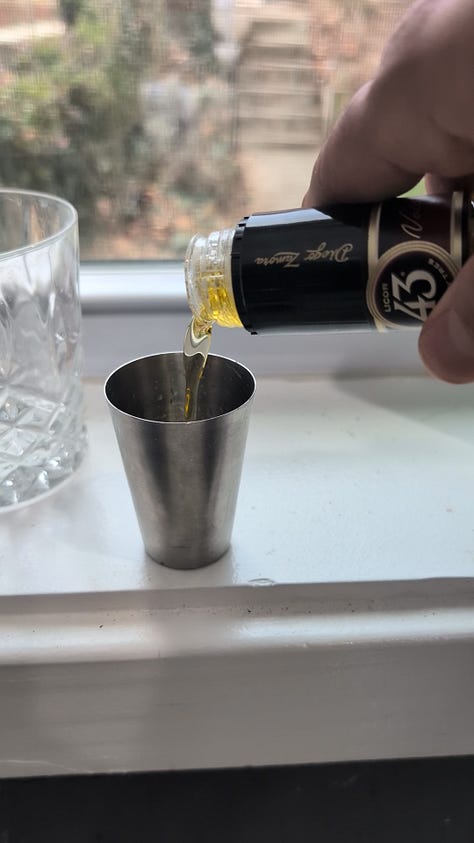
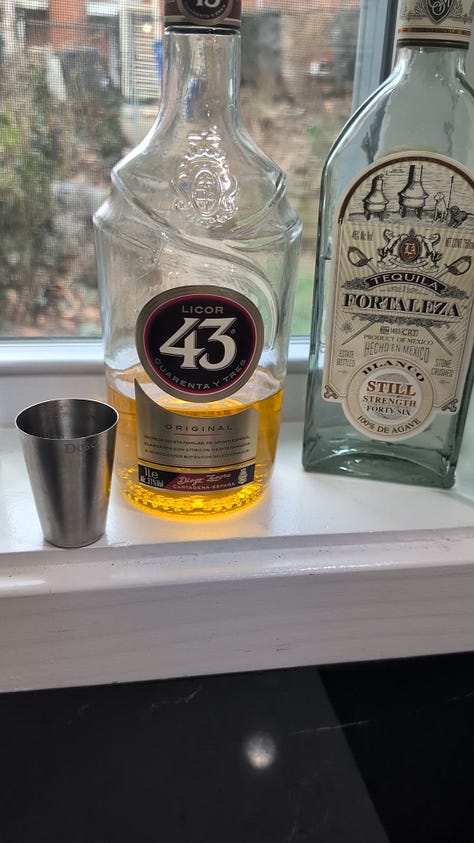
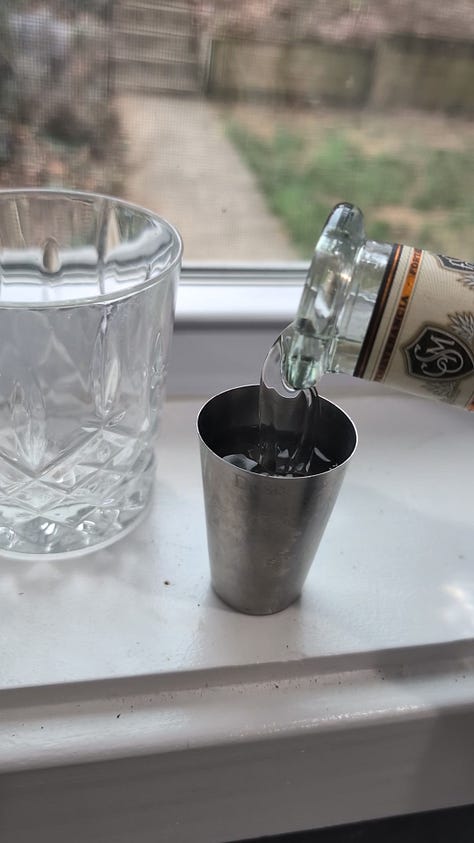
🍸 Tequila (optional but encouraged, 0.5–1 oz, depending on your tolerance) – Some keep it classic with just Licor 43, but tequila adds an extra layer of depth and a little extra punch. As you can tell we’ve been enjoying this Fortaleza still strength blanco tequila. If you’re using tequila, go for:
Blanco tequila – Crisp, clean, and most likely free of additives (which is more than we can say for a lot of mass-market tequilas).
Still-strength blanco – Most tequilas are bottled at lower ABV, but still-strength (around 46–50%) brings it closer to mezcal territory for a bolder, stronger profile.
Reposado – Blanco is strongly encouraged, but if you must, keep it just slightly aged and smooth, don’t let it overpower the espresso.
🧊 Ice (fill the shaker about halfway) – Fresh ice from clean water makes a huge difference. Stale, freezer-burned cubes? Instant downgrade.
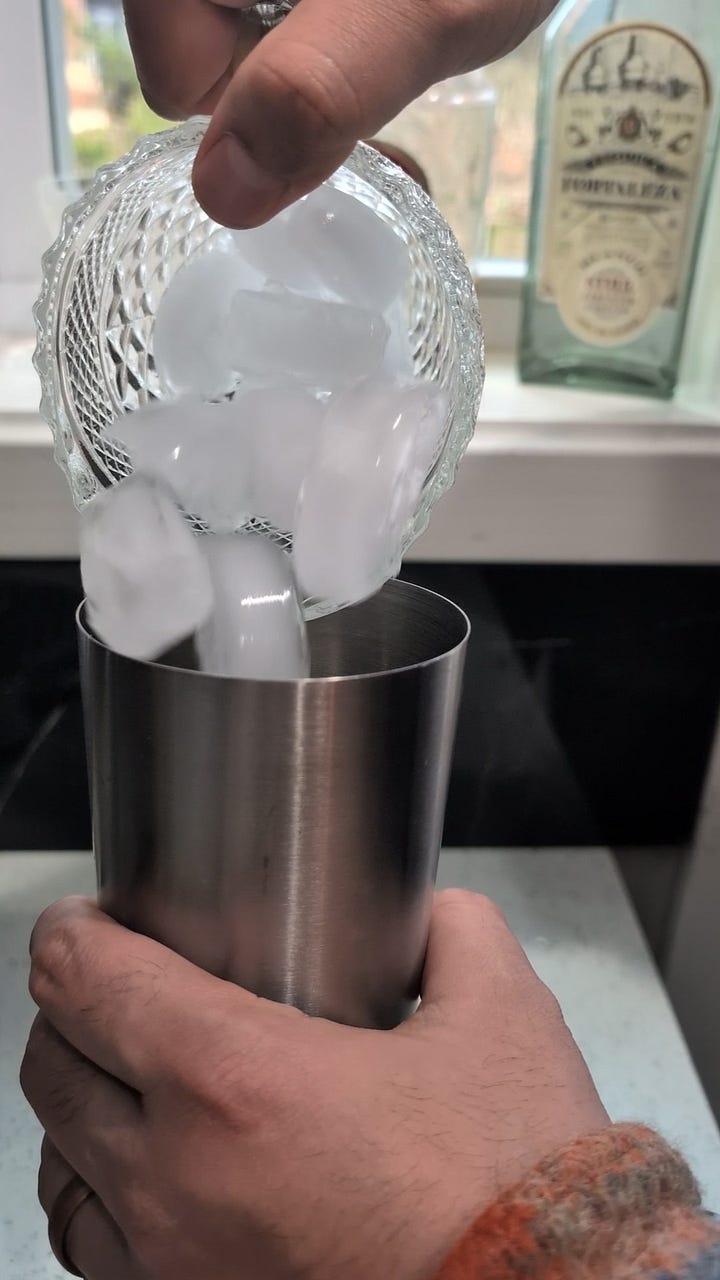
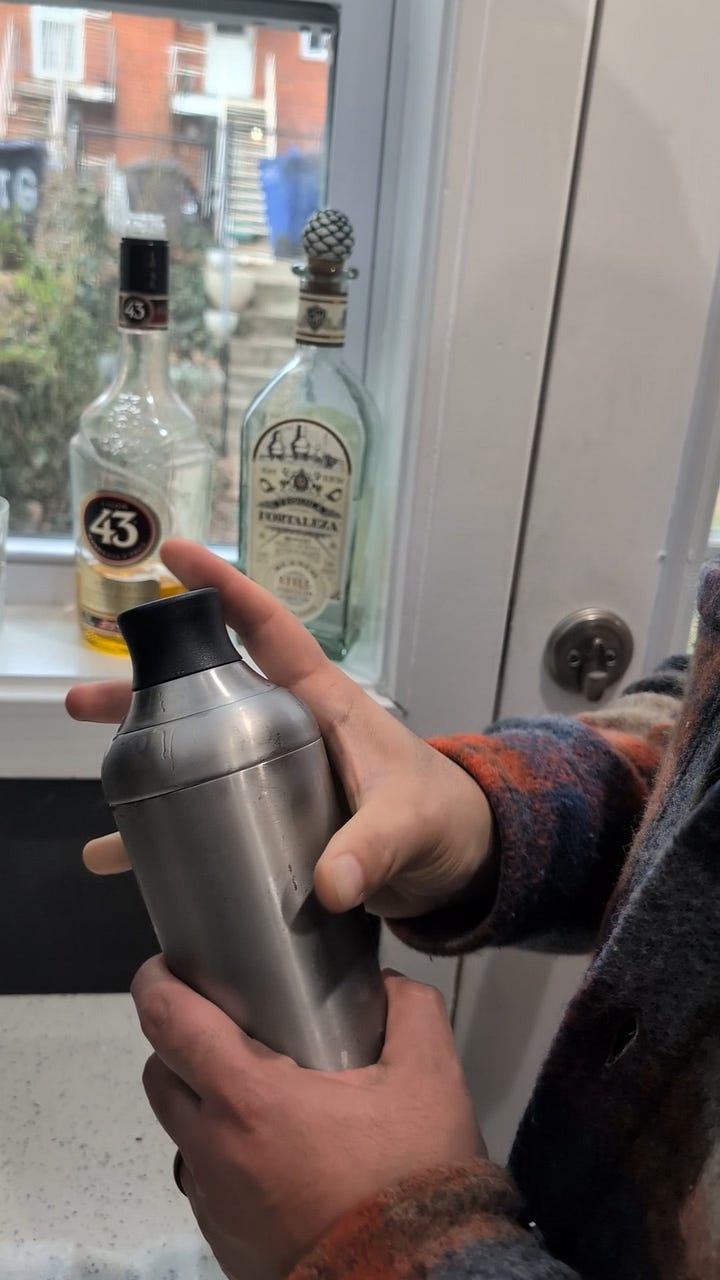
🍸 Shaker (or two cups that won’t get stuck together) – Shaking aerates the drink, giving it that signature foamy top. No shaker? Two well-fitting cups work (as long as you can pry them apart later).
60-Second Recipe:
Add everything to a shaker – espresso, Licor 43, tequila (if using), and ice.
Shake like your day depends on it. Go hard for at least 15 seconds until the mixture turns creamy, light brown, and frothy.
Strain into a glass, optionally over fresh ice.
Garnish with three espresso beans (if you’re feeling extra).

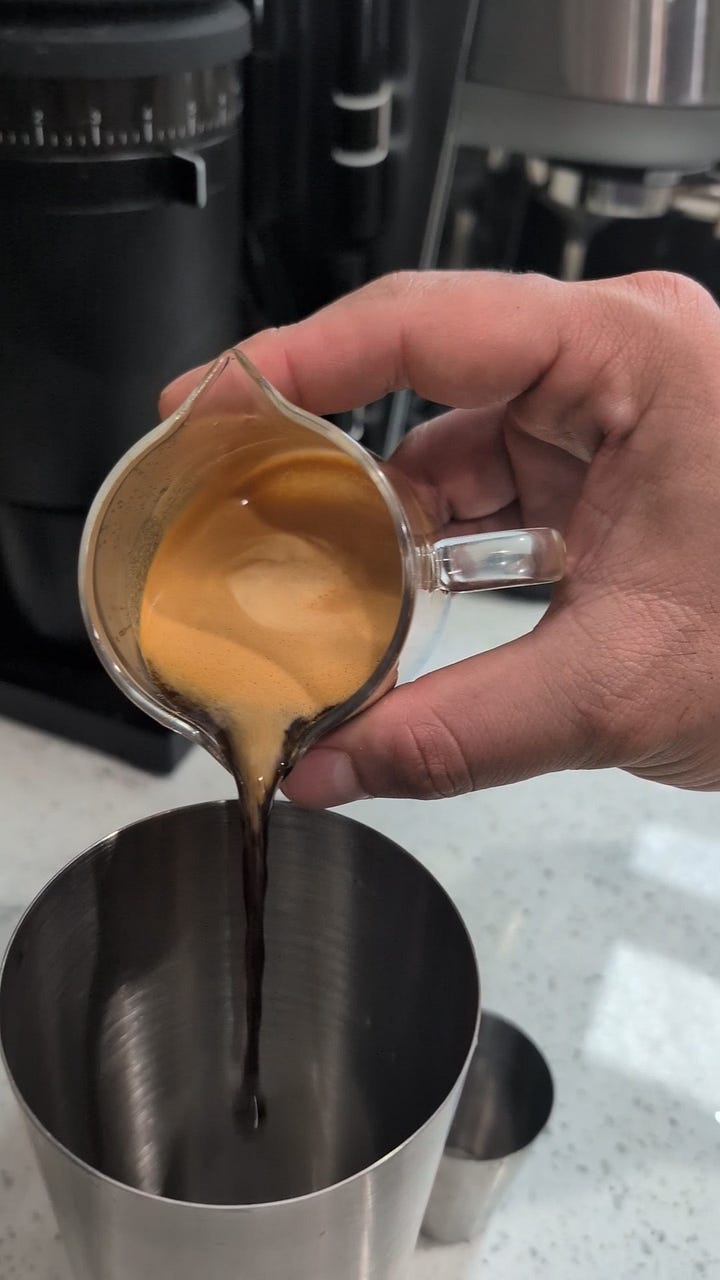

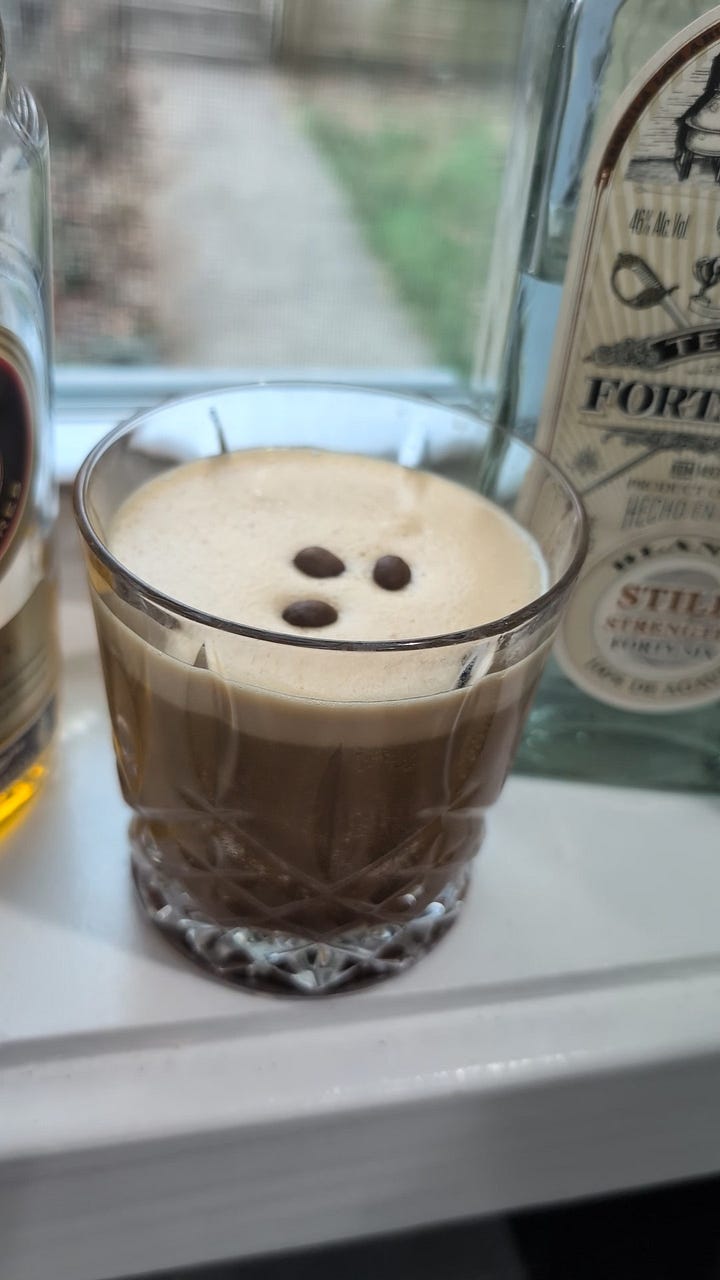
This is the version you’ll see in Mexico City’s best cocktail bars and cafés.
Our favorite spots to Find the Best Carajillos in CDMX
Mexico City has perfected the shaken carajillo, and these spots that were our favorites or locals seem to agree get it right every time:
📍 BrewBrew – A specialty coffee house where coffee snobs and cocktail lovers unite. If they serve it, it’s good.
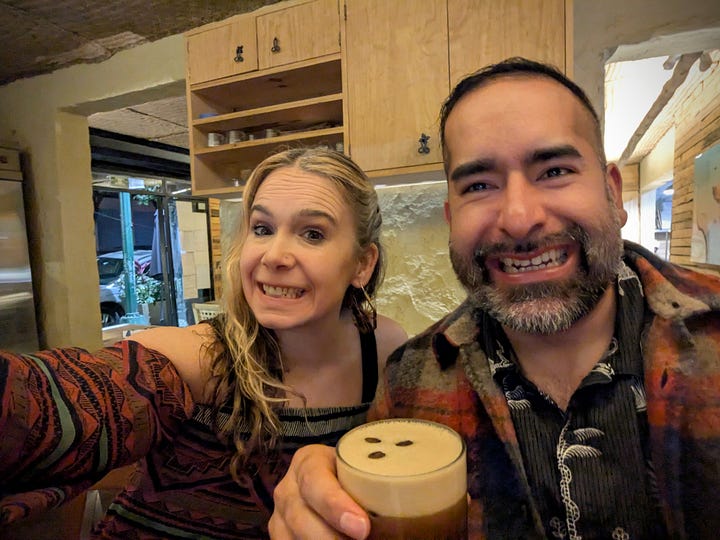

📍 Mestiza – A lovely classy place with all kinds of great food but their carajillo and it’s presentation are pretty great—the kind of place where one drink turns into three before you even notice.
📍 Cicatriz – A laid-back café-bar hybrid with third-wave espresso and dangerously drinkable cocktails. Their carajillo? Silky, balanced, and worth the hype.
📍Café de Nadie – Speakeasy vibes meet world-class coffee. Expect perfectly pulled espresso, precise shaking, and a carajillo that feels almost too smooth to be legal.
📍 Contramar – Famous for seafood, but their carajillo is just as legendary. Order one after a long lunch, and suddenly, it’s 6 PM.
If paid membership isn’t in the cards for you —everything is expensive right now, we get it — a one-time donation in any size helps us keep the feast going.
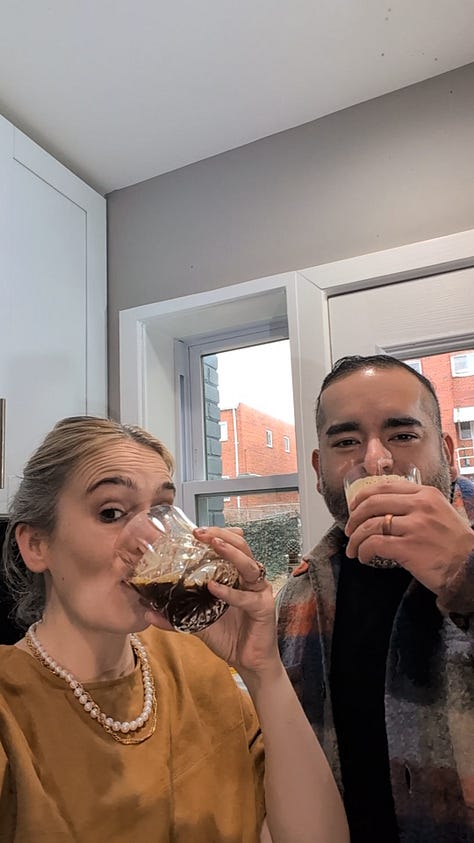

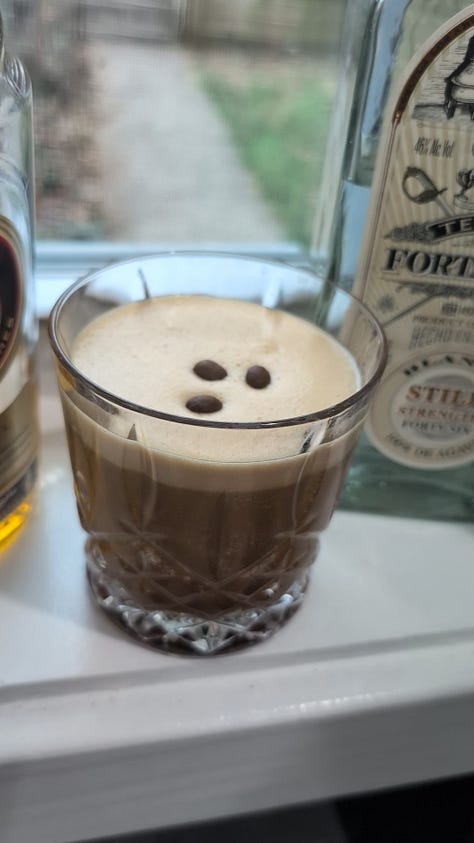
Find It, Make It, Love It
You’ll find carajillos everywhere in Mexico City—small cafés, fancy rooftops, and cocktail bars. If you’re in CDMX, consider it a must. If you’re at home, now you know the blueprint: good coffee, Licor 43, a splash of tequila (if you dare), and a shake that would impress any bartender.
The result? A dangerously smooth, slightly sweet, perfectly caffeinated masterpiece.
Now go make one. Or better yet—try one at the source. Because if you think this is good, wait until you see what else Mexico City has to offer.
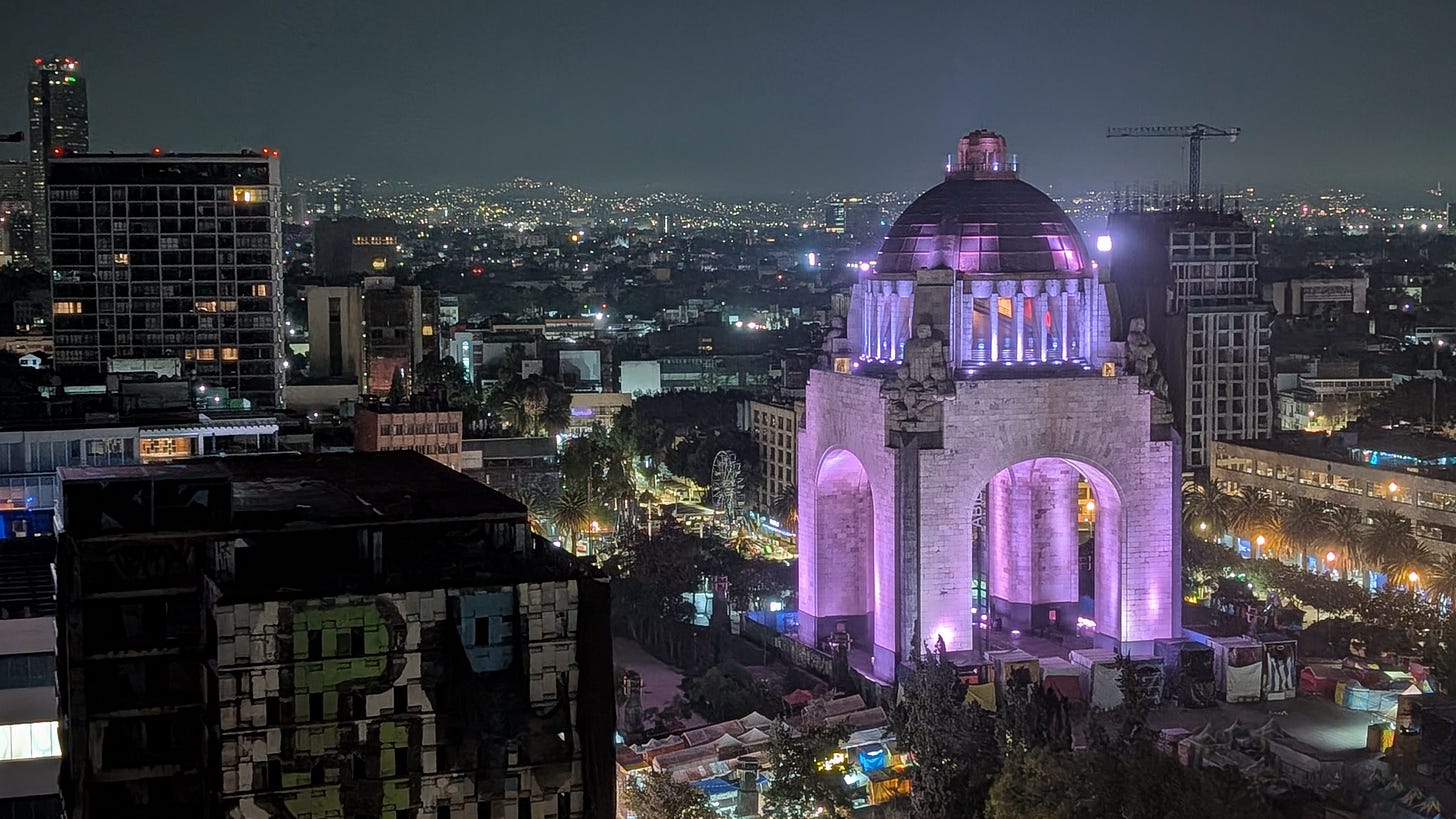
Up next, we’re rounding up our favorite food and drink spots across CDMX, neighborhood by neighborhood. Get ready to feast.
YouTube | Instagram | Bluesky This post may contain affiliate links.




This makes me want to buy a bottle of Licor 43 to make carajillos ASAP!
Amazing. It sounds like I've achieved my goal haha. Lmk how it goes if you try.